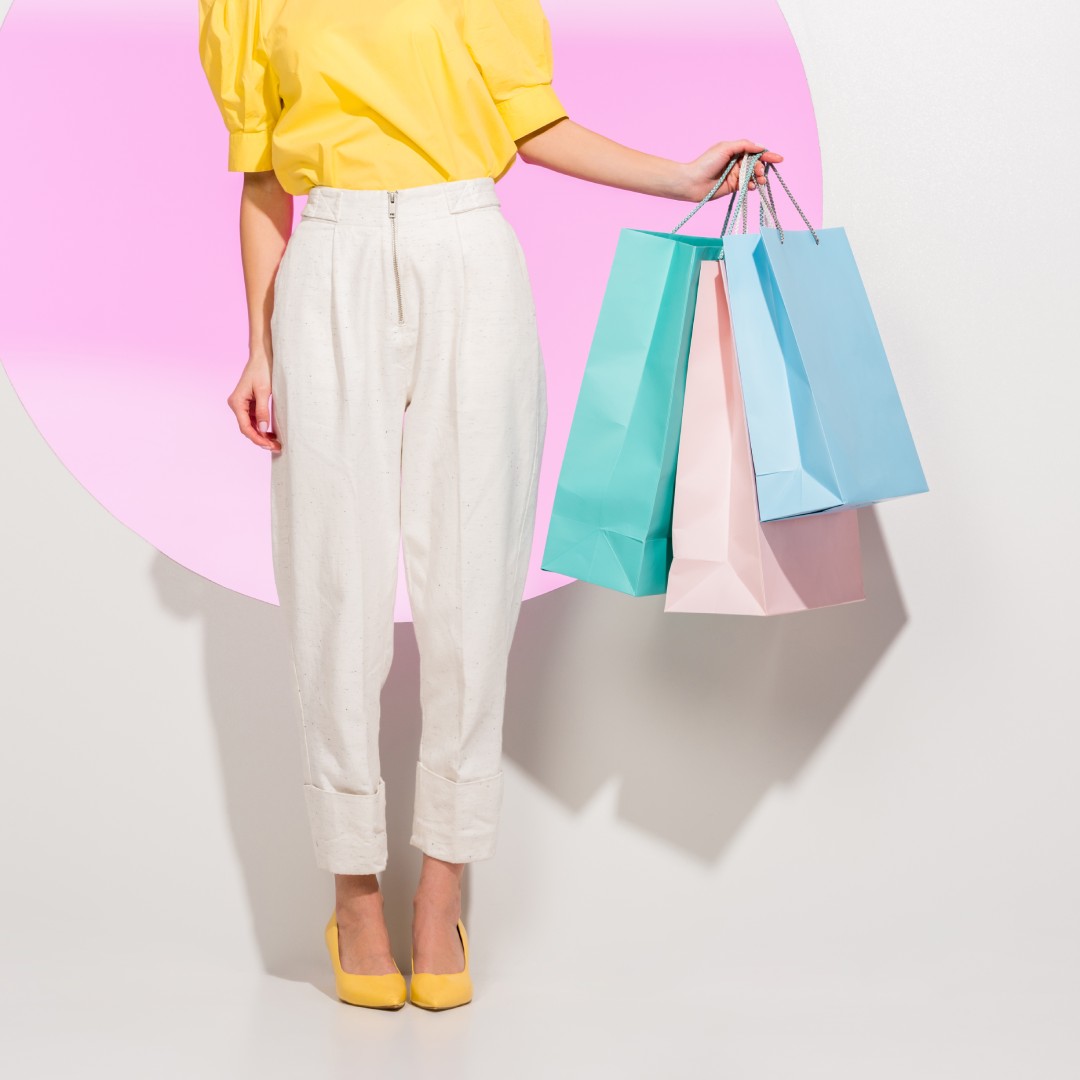In a world saturated with advertisements, standing out isn’t just about being the brightest but understanding the impact of color on consumer behavior. From the vibrant red of Coca-Cola to the serene blue of Facebook, colors are strategic messengers that tap into our subconscious desires and cultural influences. This comprehensive guide explores how different colors influence consumer behaviors to leverage higher traffic volumes and convince or convert.
Unpacking the Color Wheel of Consumer Minds
Color psychology is not a new concept; it dates back to ancient Eastern and Western cultures. However, in our digital age, its application in marketing and branding is more relevant than ever. Each color has a psychological valence—a unique way of making us feel and, more importantly, act. It’s not just about personal preference; it’s about the shared understanding that specific colors can drive particular behaviors, ranging from impulse buys to trust in a brand’s reputation.
Beyond Spectrum, Beholding Brands in Color
For modern brands, the choice of color is a strategic handshake. It’s the first impression—the mood setter. Look around, and you’ll notice that in every sector, companies use color to make a statement. Fast food chains’ fondness for red, known to stimulate appetite and urgency, isn’t a coincidence. Equally, when financial institutions coat themselves in blue and green, they aim to evoke feelings of trust and stability. It’s a silent language but one universally understood by the human gaze.
Pigments and Pockets: The Financial Impact of Color
The power of color extends beyond the walls of perception and into the aisles of behavioral economics. Studies repeatedly highlight that palettes sway our purchase decisions. Price perception, for instance, alters based on the colors associated with a product—warm tones for luxury, dull or pastel shades for the economy. By understanding and harnessing these nuances, brands can direct consumer wallets with incredible finesse.
A Global Spectrum: Color Across Cultures
In a world that’s more connected than ever, understanding the cultural context of color is vital for international marketing. What a color signifies in one region can be the polar opposite elsewhere. This divergence calls for sensitivity and research to make sure the colors chosen resonate positively and don’t accidentally create a cultural faux pas—something even established brands are guilty of.
The Color Psychology in Custom Box Design
In the age of e-commerce, packaging is often the first tangible interaction consumers have with a brand. Thus, understanding how color psychology in custom box design influences perceptions of the product inside is crucial. Vibrant and unconventional colors can grab attention and create a memorable unboxing experience, setting the tone for how customers perceive your product. Simultaneously, the color of the packaging conveys messages about sustainability, luxury, or simplicity and dictates the overall brand perception.
When we understand how different colors influence consumer behaviors, we take a bite out of custom packaging and unboxing experiences that build reputations and loyalty.

